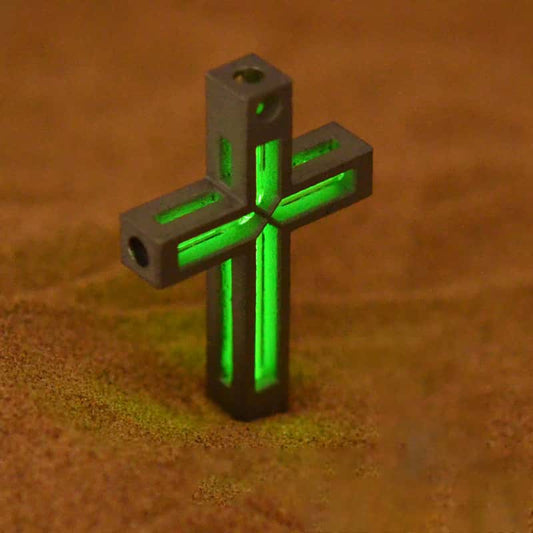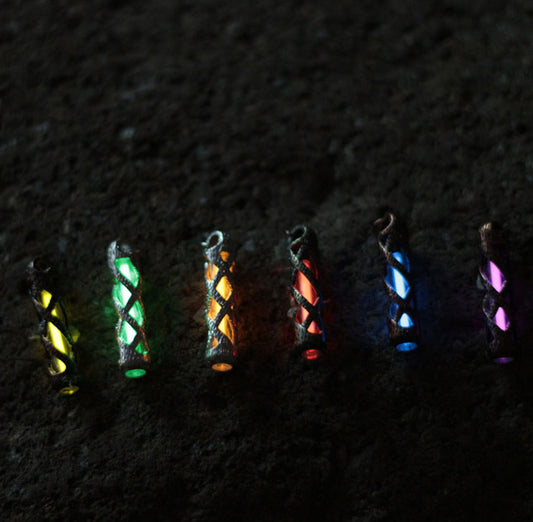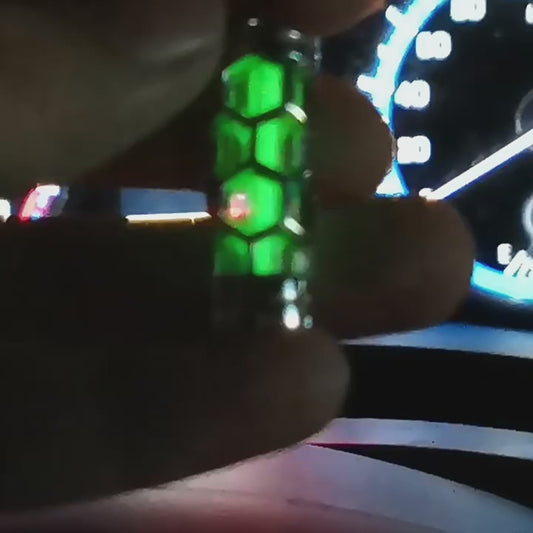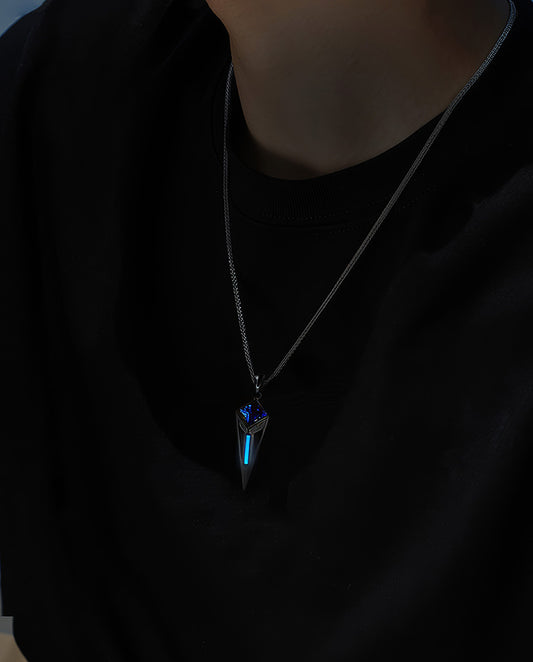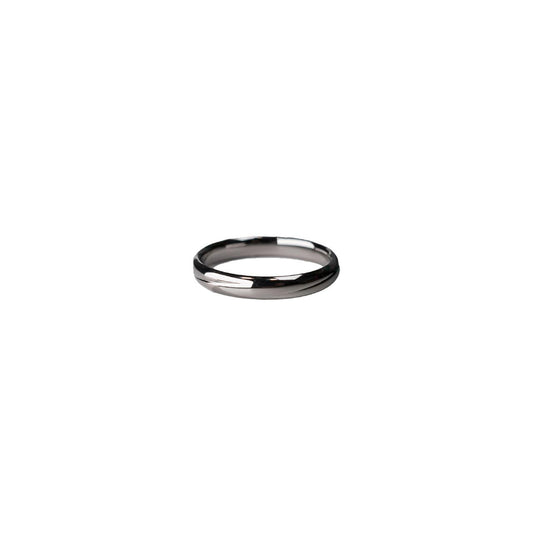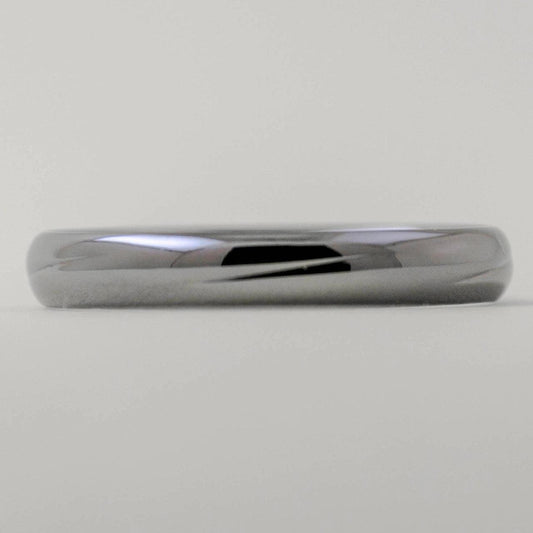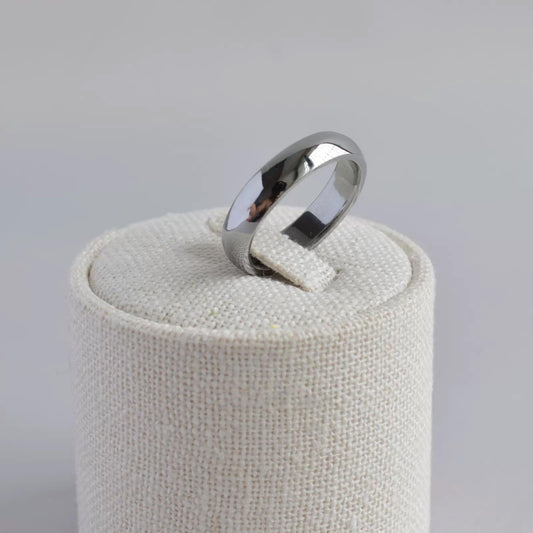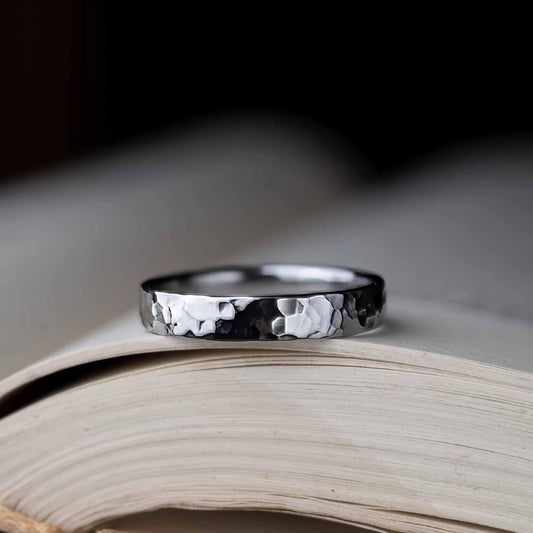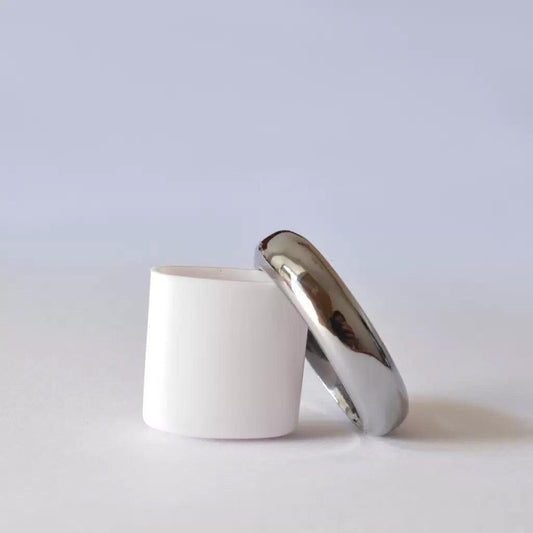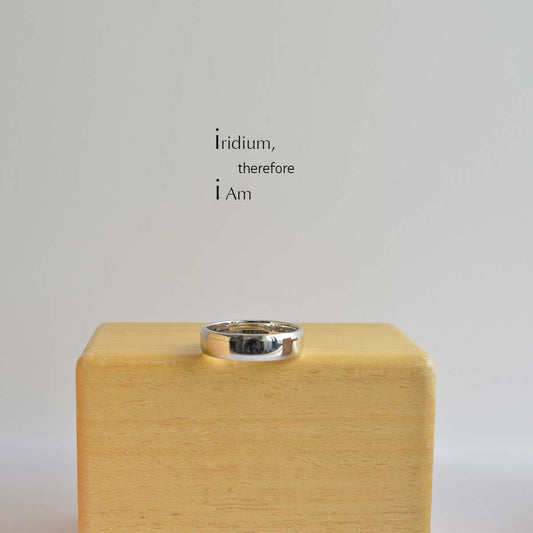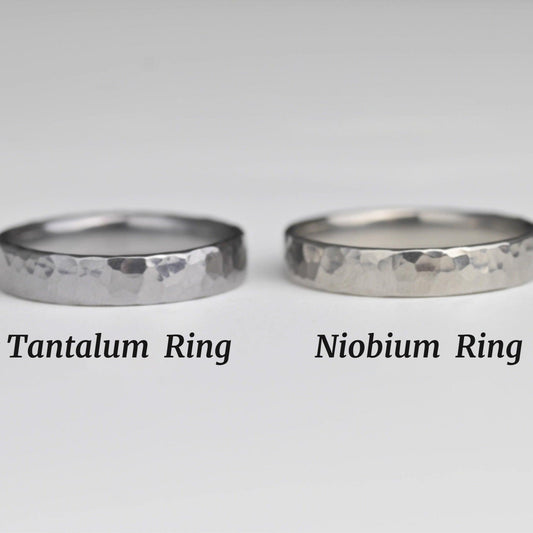The Shimmering Reality of Manufactured Diamonds
The Shimmering Reality of Manufactured Diamonds
When I first heard about manufactured diamonds, it was over brunch with an old college friend who had just popped the question to his girlfriend. His budget, like many of ours, was tight, yet he wanted the ring to sparkle with sincerity and class. As I buttered my toast, he described his foray into the world of lab-grown gemstones, highlighting not just the economic sense it made but the philosophical shift it represented in today's world.
Manufactured diamonds, often referred to as lab-grown or synthetic diamonds, aren't some quirky new-age invention—it turns out they're chemically identical to their mined counterparts. Imagine this: using advanced technology to replicate the earth's processes that take billions of years, and compressing that timeline into just a few weeks. We might still be far from personal jetpacks, but the scientific finesse in diamond creation is surely a step in a fascinating direction.
But, how do these lab-produced gems ease the burden on our wallets? The key difference, and perhaps the most compelling reason for their rising popularity, lies in their cost. Manufactured diamonds typically boast a price tag of 30-40% less than natural diamonds. This isn't because they lack luster or quality; it's a direct consequence of cutting out the massive overheads associated with traditional mining—no excavation, fewer middlemen, and a dramatically reduced carbon footprint. In a world where sustainability is increasingly valued, that lighter footprint is a cherry on top.
Yet, let's not be fooled into thinking price is the only factor at play. There's a cultural elegance to consider. Diamonds have long been seen as symbols of eternal love, unwavering resilience, and in some ways, status. Manufactured diamonds encapsulate all of these attributes but add a modern twist. They appeal to the conscious consumer who wants to flaunt luxury while also being mindful of ethical considerations—avoiding the muddy waters of conflict diamonds.
I remember how my friend, amidst a sea of white tablecloths and syrupy pancakes, mused about the deeper meaning of lab-created diamonds. It wasn't just about saving a few bucks. To him, it felt right, supporting a product that wasn’t inextricably linked to past controversies or environmental degradation. This choice reflected a shared value in their relationship: a commitment to making thoughtful, conscientious decisions in every aspect of their lives together.
For many, the allure of a true bargain doesn't merely rest on financial benefits but also on the story behind the purchase. In today's era of transparency and informed choices, what a diamond represents is evolving. It is no longer just about size or shine—the story it encapsulates is what truly resonates.
In the end, whether you find yourself browsing snowy showcases for a classic round cut or drawn to the intricacies of an emerald shape, it might be worth pondering what your purchase says about you. And I dare say, if anything, manufactured diamonds are a testament to human ingenuity meeting heartfelt intention.

